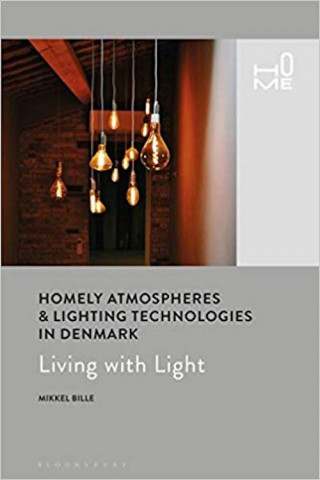Workplace Lighting and Judgments
Opinions of others affected
Opinions of others affected
Cajochen and colleagues investigated the effects of using LEDs that mimic daylight on user experience.
Huang and colleagues studied preferences for different lighting conditions.
Sun, Lian, and Lan probed professional performance under varying lighting conditions using a variety of research methodologies.
Research indicates that as lighting levels decrease, people drive more quickly.

Light levels affects types of products preferred
Controlling without disrupting seems best

Information that matters for people who care about light, wherever it is
Research conducted by Choi and team confirms that experiencing cooler light is energizing.

Pairing bright/dim and warm/cool